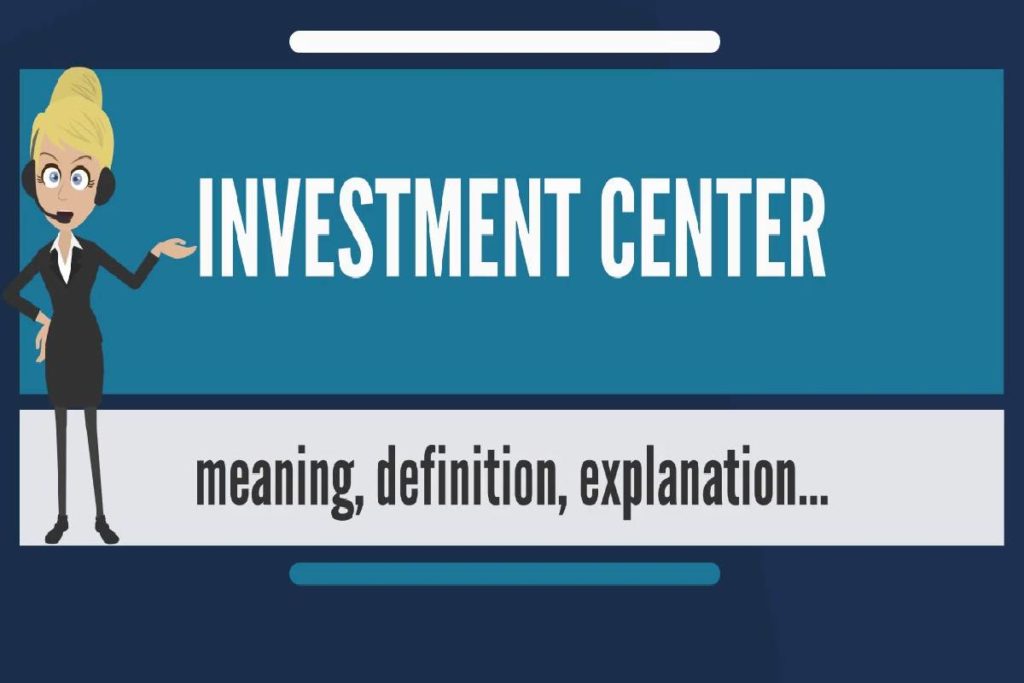Table of Contents
Investment Center Definition
The investment center, also called the investment division, is a way to classify and evaluate a department based on its revenues, costs, and asset investments.
And instead of categorizing departments into cost centers and profit centers, management often looks at departments as investment centers.
In other words, it’s a different way of looking at and evaluating how divisions, departments and quantamental investing perform.
What Does Investment Center Mean?
- Profit and cost centers typically focus on the number of profits they contribute to the company.
- And profit centers lump segments, like the sales department and manufacturing department, that generate revenues and directly produce profits for its bottom line.
- Like the marketing and human resource departments, the cost centers don’t directly contribute to its profits. It’s the traditional way of looking at departments. They either generate profits and they contribute costs.
What is the Example Investment Center?
- The investment center philosophy uses a different approach to analyzing a department’s performance by looking at the assets and resources given to that department.
- It evaluates its use of those assets. And it produces revenues compared with its overall expenses.
- And the investment center also can use capital and funds to purchase other assets it increases revenues.
- In short, managers analyze investment centers by the amount of return they produce on the capital they use.
- And instead of looking at overall profits and costs required to run the department like profit and cost center, management focuses on returning to the department.
- It’s the type of outlook that is useful for business scaling. Management can measure the percentage of returns based on capital and increase the invested capital to increase the returns. Conversely, poorly performing centers either shut down and take the money amounts reduced.
